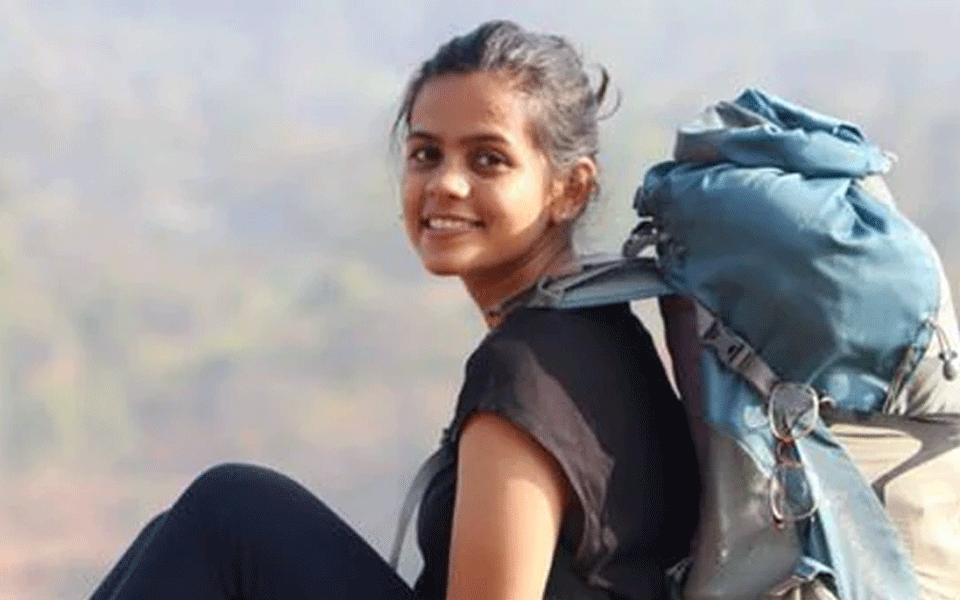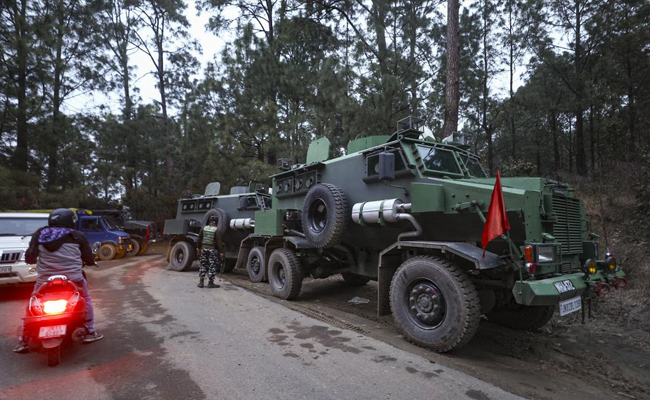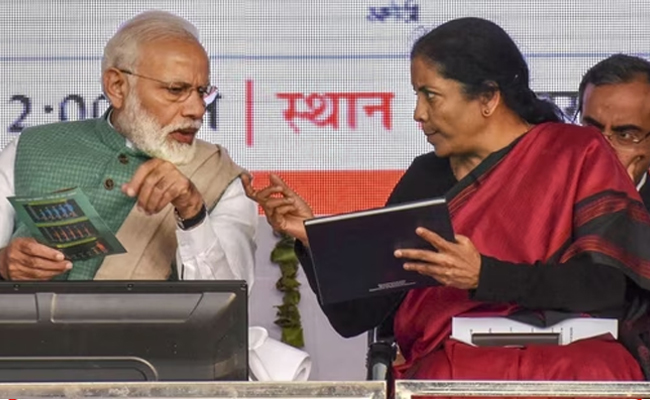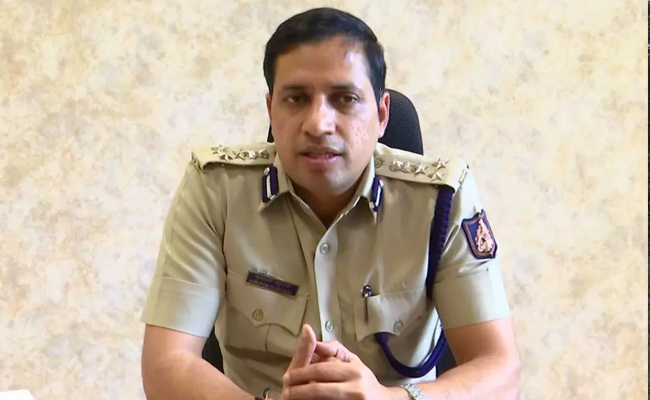Mumbai (PTI): Priyanka Mohite from Satara in western Maharashtra has become the first Indian woman to scale five peaks above 8,000 metre after she climbed Mount Kanchenjunga on Thursday.
Priyanka (30), the recipient of Tenzing Norgay Adventure Award 2020, successfully completed her expedition to Mount Kanchenjunga (8,586 m), the third highest mountain on the planet, at 4.52 pm, her brother Akash Mohite told PTI.
In April 2021, she had scaled Mt Annapurna (8,091 m), the 10th highest mountain peak in the world and had become the first Indian woman climber to achieve the feat.
Priyanka has also climbed the world's highest peak Mount Everest (8,849 m) in 2013, Mount Lhotse (8,516 m) in 2018, Mount Makalu (8,485 m) and Mount Kilimanjaro (5,895 m) in 2016.
Passionate about mountaineering since childhood, Priyanka started to scale mountains in the Sahyadri range of Maharashtra as a teenager and in 2012 scaled Bandarpunch, a mountain massif of the Garhwal division of the Himalayas, in Uttarakhand.
In 2015 Priyanka scaled Mt. Menthosa which at 6443 metres is the second-highest peak in the Lahaul and Spiti district of Himachal Pradesh.
The Bengaluru-based climber is also the recipient of the Maharashtra Government's Shiv Chhatrapati State award for adventure sports for 2017-2018.
Let the Truth be known. If you read VB and like VB, please be a VB Supporter and Help us deliver the Truth to one and all.
Jammu (PTI): Security forces on Thursday extended the cordon and search operation to new areas near the Line of Control (LoC) in the Sunderbani sector of Jammu and Kashmir’s Rajouri district to flush out terrorists who opened fire on an Army vehicle the previous day, officials said.
A fresh operation was also launched in Dayalachak near the International Border in the Hiranagar sector of Kathua district after security forces intercepted a suspicious frequency wireless set, the officials said.
An Army vehicle came under fire from suspected terrorists hiding in a forest area near Phal village in the Sunderbani sector on Wednesday, prompting a massive search operation by the Army and police.
The search operation continues in Phal and was extended to new areas this morning to flush out the hiding terrorists, the officials said, adding there was no contact with the terrorists so far.
They said the security forces are using latest technology, drones and sniffer dogs to hunt down the terrorists in the dense forests.
In a post on X on Thursday, the Army’s Jammu-based White Knight Corps said, “Terrorists opened fire at an Indian Army convoy in Sunderbani, Akhnoor, yesterday (Wednesday). The firing was ineffective and our own troops responded swiftly.
“Some social media handles are falsely claiming casualties to own troops. This is false and deliberate disinformation. Search operations are presently underway to neutralise the perpetrators,” it posted.
An anti-terrorist operation was also launched in Gurah Baldara and adjoining villages in Dayalachak in the Hiranagar sector after a suspicious frequency wireless set was intercepted by security forces.
Senior Superintendent of Police, Kathua Shobhit Saksena and senior officers of the Army and Border Security Force held a joint meeting at police station Hiranagar after the wireless interception.
A search operation is underway, while special checking parties have been established on various routes, officials said.





